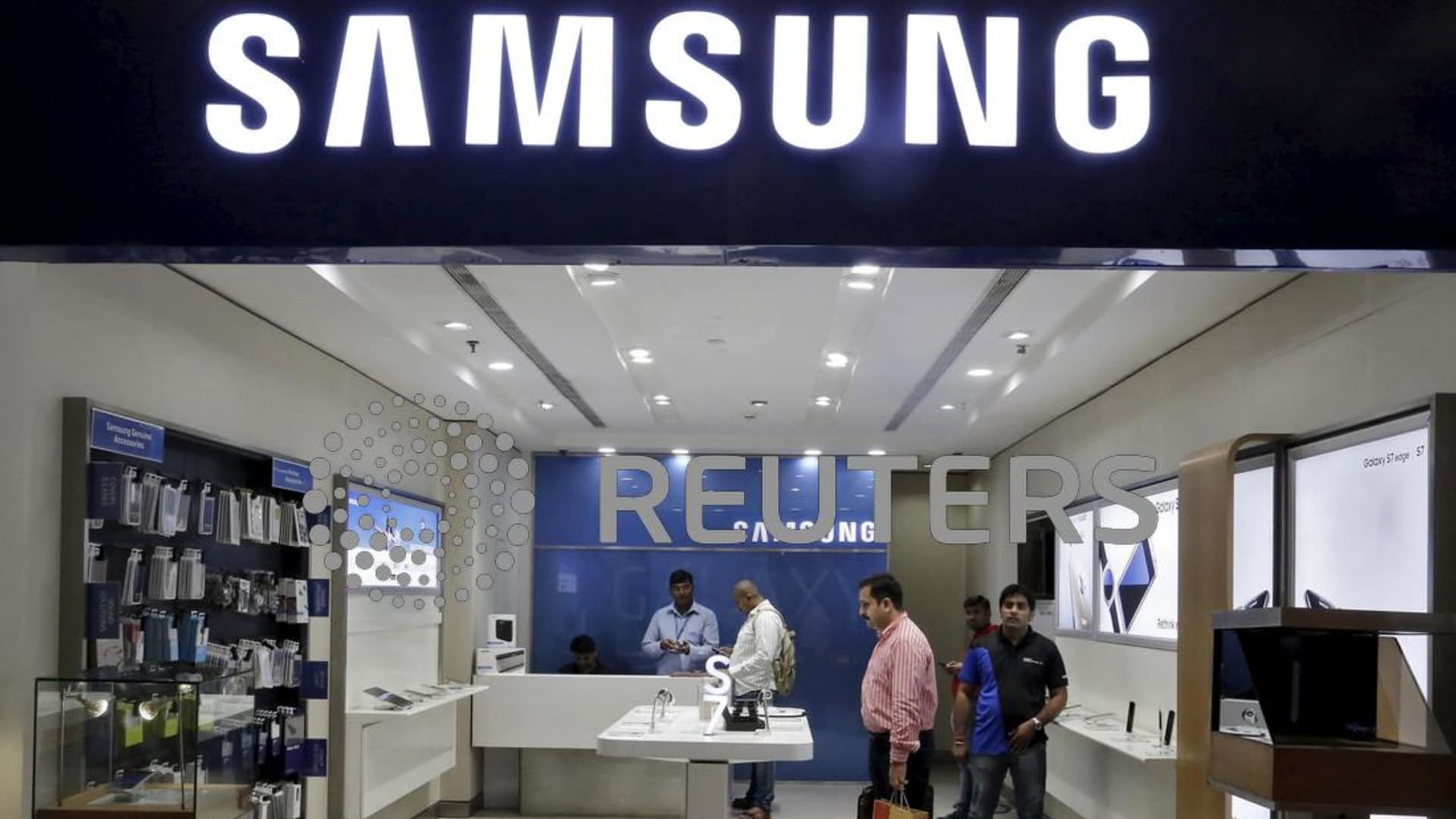Samsung’s Q4 Profit Plummets: A Look at What Went Wrong
Samsung Electronics has recently reported a significant decline in its fourth-quarter profits, marking a stark contrast to previous performance metrics and falling short of analysts’ expectations. This unexpected downturn raises critical questions about the company’s future strategies, market challenges, and the broader implications for the tech industry. In this article, we will delve into the factors contributing to this decline, analyze market trends, and discuss potential strategies Samsung could pursue to navigate these turbulent waters.
Understanding the Decline in Profits
Samsung’s Q4 profit plummeting can be attributed to several interlinked factors that have created a perfect storm for the tech giant. The company’s reported operating profit for the fourth quarter was significantly lower than anticipated, reflecting a broader trend of declining demand across various sectors.
1. Global Economic Slowdown
The lingering effects of the global economic slowdown have played a pivotal role in Samsung’s profit decline. With inflation rates soaring and consumer spending tightening, many tech companies, including Samsung, have witnessed a reduction in demand for their products. High inflation has led consumers to prioritize essential goods over luxury items, which directly impacts Samsung’s sales in sectors like smartphones and household appliances.
2. Supply Chain Disruptions
Ongoing supply chain issues stemming from the COVID-19 pandemic have continued to plague major manufacturers. Despite improvements in logistics, semiconductor shortages remain a critical problem. Samsung, being a leader in semiconductor manufacturing, has felt the pinch not only in its production capabilities but also in its profitability as costs have increased. The inability to meet demand due to these shortages has forced Samsung to reduce output, resulting in lower revenues.
3. Increased Competition
The competitive landscape in the tech industry has intensified, particularly in the smartphone and semiconductor sectors. Rivals like Apple, Xiaomi, and emerging brands are continuously innovating and capturing market share. This increased competition has led to price wars, forcing Samsung to lower prices on several of its products, which ultimately impacts profit margins.
Impact on Key Product Lines
Samsung’s diverse product portfolio spans various segments, and the profit decline has affected multiple areas:
- Smartphones: The smartphone segment has been significantly impacted by the economic slowdown and fierce competition. Despite launching new models, sales have not met expectations.
- Semiconductors: While Samsung is a leader in semiconductor manufacturing, the market has seen decreased demand for memory chips, resulting in lower profits.
- Consumer Electronics: Products like televisions and home appliances have also experienced a dip in sales, as consumers cut back on discretionary spending.
Market Trends and Consumer Behavior
Understanding market trends and shifting consumer behavior is crucial to analyzing Samsung’s profit challenges. As economic conditions evolve, consumer preferences are also changing:
1. Shift to Budget-Friendly Devices
With rising costs, consumers are gravitating toward budget-friendly devices rather than high-end models. Samsung’s premium offerings are facing stiff competition from more affordable alternatives, impacting its market share and profitability.
2. Sustainability Concerns
Modern consumers are increasingly prioritizing sustainability in their purchasing decisions. Companies that can effectively market their eco-friendly practices and products may have an advantage. Samsung has made strides in this area, but further efforts could enhance its appeal.
Potential Strategies for Recovery
Despite the challenges, there are several strategies Samsung could implement to rebound from this decline:
1. Focus on Innovation
Samsung has a long-standing reputation for innovation, and the company should double down on research and development. By investing in cutting-edge technologies, such as artificial intelligence, augmented reality, and 5G connectivity, Samsung can create products that resonate with consumers and differentiate itself from competitors.
2. Diversification of Product Offerings
The company should consider diversifying its product lines to include more budget-friendly options alongside premium models. This approach can attract a broader consumer base and mitigate risks associated with economic fluctuations.
3. Strengthening Supply Chain Resilience
To combat supply chain disruptions, Samsung could look into building more robust supply chain networks and collaborating with local suppliers. This strategy would help minimize reliance on overseas manufacturing and reduce vulnerability to international crises.
Conclusion: Navigating the Future
Samsung’s Q4 profit plummet serves as a wake-up call for the tech giant. The combination of a global economic slowdown, intense competition, and supply chain challenges has created a precarious situation. However, by focusing on innovation, diversifying product offerings, and strengthening supply chain resilience, Samsung can navigate these turbulent waters and work toward a more prosperous future.
As we move forward, it will be essential for Samsung to adapt and evolve in response to changing market dynamics and consumer preferences. The company’s ability to innovate and respond to challenges will ultimately determine its success in the coming years.
See more Business Focus Insider Team

